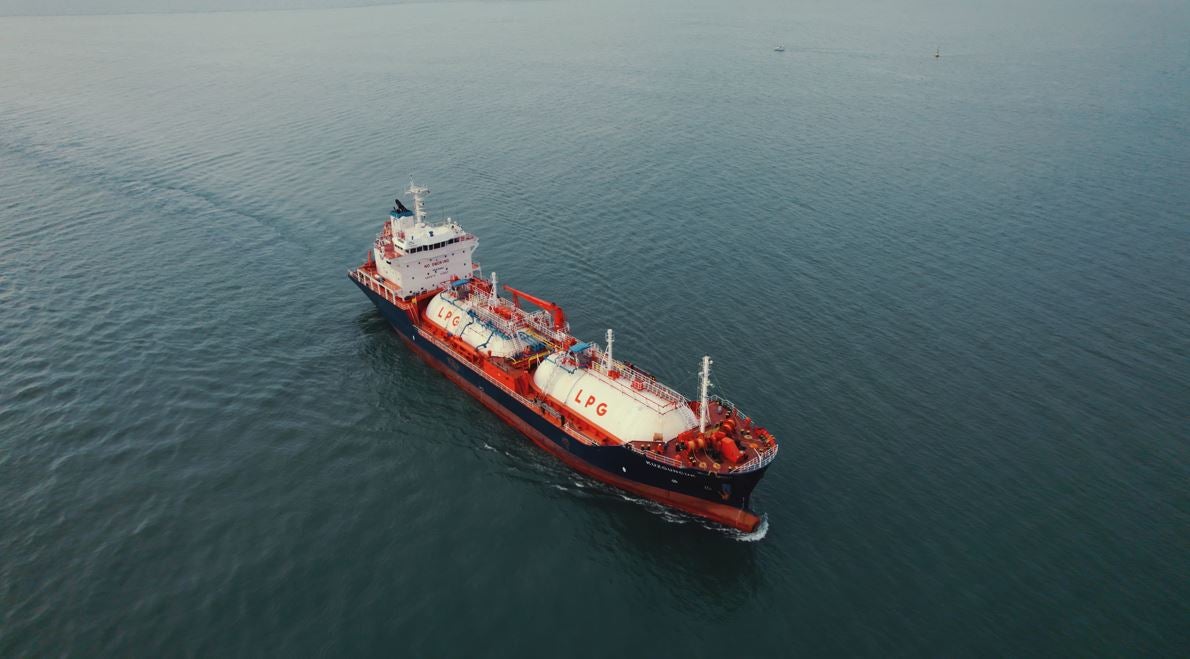
The Global Centre for Maritime Decarbonisation (GCMD) has found that emissions from a dual-fuel liquified petroleum gas (LPG) vessel saw a 20% reduction when using vegetable oil blended biofuel as opposed to very low sulphur fuel oil.
GCMD has been undertaking a series of trials using different biofuel blends in maritime shipping to reduce CO₂ emissions.

Discover B2B Marketing That Performs
Combine business intelligence and editorial excellence to reach engaged professionals across 36 leading media platforms.
The latest blend, used in the third of five supply chain bunkering trials utilised 200 million tonnes of biofuel blend made up of 30% hydrotreated vegetable oil (HVO). The HVO was made from 100% waste and residues, and was used in the trial as a blended fuel component alongside marine gas oil provided by GoodFuels. The blend operated as the pilot fuel for LPG propulsion.
The pilot testing for biofuel blends aims to allow maritime vessels to abide by new rules set by the International Maritime Organisation (IMO).
In June, the IMO revised its strategy for reducing greenhouse gas emissions, tightening targets with an immediate aim for a 20–30% reduction in net emissions from maritime activities by 2030, with a 70–80% emission reduction target by 2040. The GCMD stated that the latest test and the two previous trials should give fuel consumers “greater confidence” that they can meet these revised requirements.
Dr Sanjay Kuttan, GCMD CTO, stated: “Through this pilot, we demonstrated that different tracing techniques can help ensure authenticity and quantity of sustainable biofuels in the supply chain, and using a biofuel blend with LPG can be a feasible pathway for ships to meet the recently revised IMO indicative decarbonisation checkpoint for 2030.”

US Tariffs are shifting - will you react or anticipate?
Don’t let policy changes catch you off guard. Stay proactive with real-time data and expert analysis.
By GlobalDataThe GCMD will conduct the final two supply chain trials over the coming months. Testing is taking place at the Port of Vlissingen in Flushing, the Netherlands.





